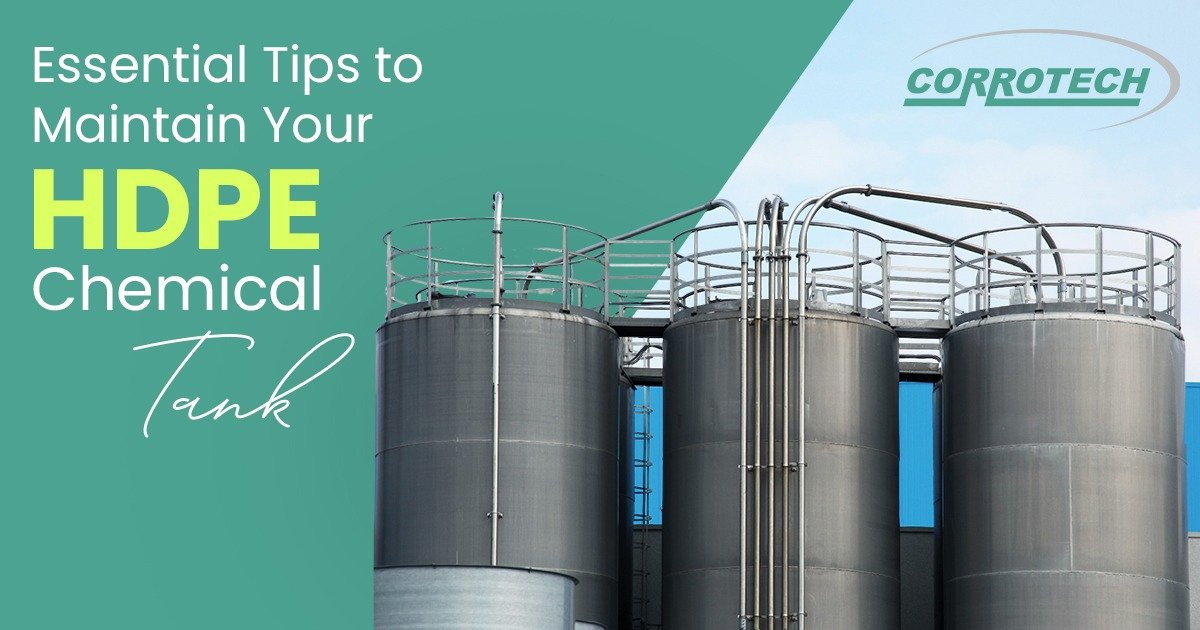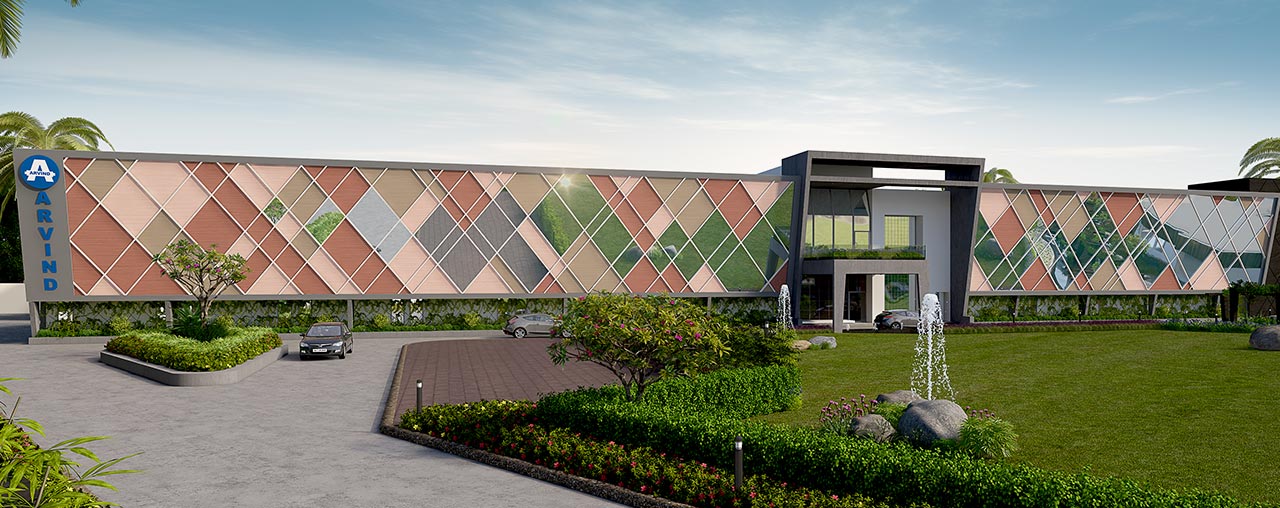
HDPE chemical tanks are no normal tanks. HDPE here stands for High-Density Polyethylene and it is renowned for its resistance and durability to store and protect a wide range of chemicals. These tanks play a crucial role in multiple industries like manufacturing of agriculture, by safely handling and storing corrosive and some harmful chemicals and liquids. However, these tanks can also fail in their tasks if proper attention is not paid. So, to ensure the effectiveness and longevity of the HDPE chemical tanks, it is important to maintain the tanks throughout. Let’s discuss in deep on how an individual can keep the HDPE chemical tank in optimal condition:
1. Regular Inspection and Cleaning
Maintaining the cleanliness of your HDPE chemical tank requires regular maintenance. Schedule daily inspections for signs of wear, tear, or damage. During inspection, look for cracks, dents, or dents that may indicate a potential problem. Cleaning should be done regularly, especially if the tank is storing materials that will leave a residue. Use non-toxic cleaning tools and avoid harsh chemicals that can damage HDPE materials. Keeping the tank clean and free of contaminants will help prevent chemical reactions that can damage the tank.
2.Monitor Chemical Compatibility
A range of chemicals can be mixed with HDPE tanks, but not all materials are compatible with the material being referred to. Always check the chemical compatibility of the materials you want to store.The tank material should not be eroded by the chemicals, so check with the manufacturer or your local specialist to ensure it is as pure as possible. Incompatible chemicals can damage the tank, cause damage, or damage the structure. Keeping track of chemicals and their disinfectants will help maintain durability and safety.
3. Prevent Overfilling
When filled with chemical or any harsh liquid, the HDPE tank will break easily and exert excessive pressure, which can harm the chemical tank’s structure. To avoid overfilling, use level indicators and alarms to warn you when the tank is nearing capacity. Control the flow of filling equipment and ensure it is calibrated to prevent overflow. Maintaining proper levels of chemicals not only prevents injury, but also ensures the safety of the facility and employees.
4. Maintain Proper Temperature Control
Depending on the temperature, HDPE chemical tanks can exhibit superior strength and durability. Both high and low temperatures can cause the HDPE material to expand or contract, resulting in cracks or breaks. Install temperature control systems to keep the tank within an acceptable temperature range. In very hot environments, consider tank insulation or the use of heat-relieving medications to protect against stress.
5. Protect from UV Exposure
UV radiation causes the deterioration of HDPE tanks when kept for an extended period. UV rays can cause materials to become brittle over time, leading to cracking and structural failure. If your tank is exposed to the sun, use a UV resistant cover or a cover to protect it from direct exposure. Additionally, placing the tank in a sheltered area or building a sheltered deck will help prolong its life.
6. Inspect and Maintain Tank Fittings and Valves
Chemical transfer and handling are facilitated by tank equipment, which includes valves. Check these links for signs of wear or tear. Make sure all valves are working properly and closed. Replace worn or damaged gaskets, seals or fittings to prevent leaks and maintain vehicle integrity. Proper maintenance of these parts will help the safe and efficient operation of the tank.
7. Implement Proper Safety Measures
Safety measures are important to prevent accidents and ensure the safe transport of chemicals. Emphasize that the tank has all the necessary safety features, including pressure relief valves and safety systems. Instruct your staff on the appropriate handling methods and emergency procedures for a spill or any other situation. Safety training and adherence to safety procedures will help prevent accidents and ensure that the vehicle operates within safe limits.
8. Keep Detailed Records
To ensure the proper handling of your HDPE chemical container, it is important to keep track of all inspections, maintenance, and chemical usage. Keep track of inspection dates, cleaning schedules, chemical compatibility checks and any repairs or replacements made. Detailed reports help you identify recurring patterns or issues that you can address as soon as possible. Additionally, these records are useful for compliance and security audits.
Regular attention to details and a proactive approach is crucial while maintaining the HDPE chemical tank. All the steps mentioned above will not only extend the lifespan of the tanks but it will also enhance the operations and on-location safety of the workers. Moreover, as a responsible owner, you need to invest time and resources to maintain the tanks, especially to protect the facilities and environment. Remember, the key here is excellent observation and consistency. You can also check Arvind Corrotech for best and advanced HDPE chemical tanks. Adhere the tips mentioned above to ensure safety and support for years to come.

